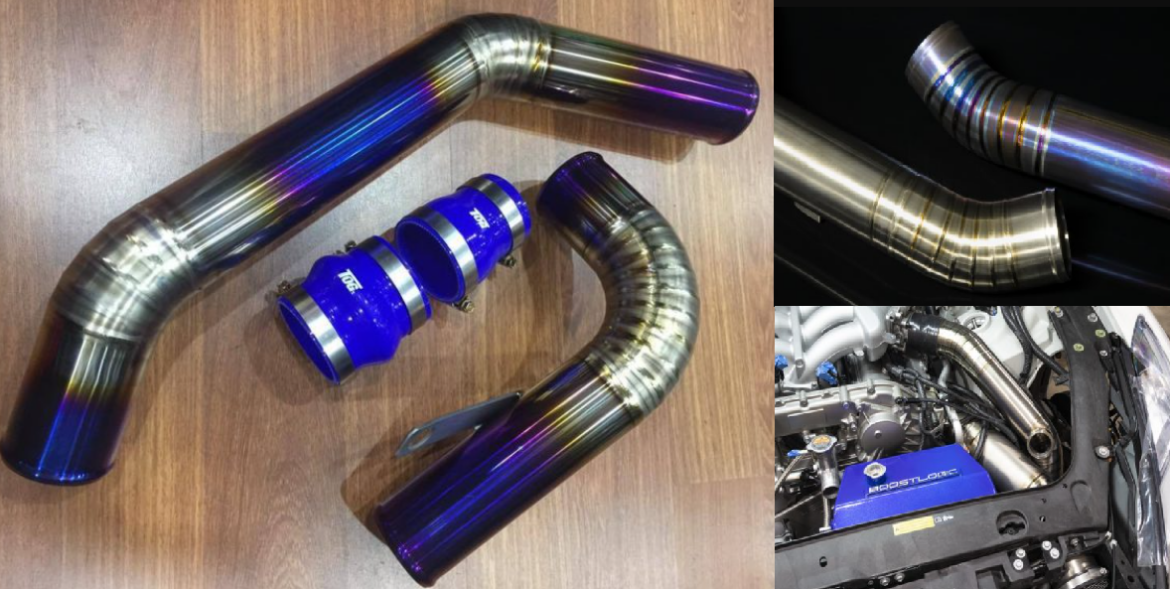More than 75% of titanium pipe production goes into the fabrication of aircraft, planes, ships, and submarines, which makes it hard for manufacturers to get the raw material from suppliers. The process of finishing titanium pipe with surface coating has been proven to reduce the number of defects by half compared to traditional finishing techniques like anodizing or milling. To date, this process has been able to reduce production costs by over 50%.
The surface coating protects titanium from corrosion and can improve its appearance. The surfaces are also coated with a hard, protective layer that enhances its resistance to corrosion and protects it from scratches and damage caused by paint.
How Does Surface Finishing Maintain the Quality of Titanium Pipes?
As part of the manufacturing process for titanium pipes. This process can be done by hand or with machines, but it is time-consuming and expensive. However, in the long run, the application of surface finishing machines has provided a cost-effective way for companies to maintain their quality standards for titanium pipes.
When titanium pipes are ground, they are subjected to various stages of the polishing process to obtain a smooth surface. This includes grinding, sanding, and honing of the metal surface.
The grinding stage removes small particles of material from the pipe’s surface. This is in a process carried out manually or by machine using a wire brush or an abrasive in a rotating drum with coolant or water as a lubricant. The sanding step is carried out with a grinder or sandpaper on both sides of the pipe’s face until all traces of the removed particles are gone.
Maintaining Precision & Temperature on Titanium Pipes with Surface Finishing Tool
Titanium is a versatile, reactive metal that can be easily finished to create both aesthetic and functional products. To maintain the precision and temperature on the titanium pipes with a surface finishing tool, users should clean the surface of the pipe, use the proper lubricant, avoid using a drop hammer and use appropriate power sources.
It is, therefore, important to ensure that your finished product has a flawless surface since it reflects the quality of your product. There are three common surface finishing processes used on titanium pipes: conventional sanding, chemical etching, and metal painting. It’s difficult to work with titanium because it’s a very hard metal. Sanding can cause scratches, etching can leave behind a rough finish, and metal painting can require expensive pigments that add to the project’s cost.
Here is a breakdown of these processes.
1. Abrasive blasting: It is a common process that produces surface finish by removing imperfections from the raw material and leftovers during processing, then polishing as well as coating with an appropriate substance. It generates an abrasive slurry for scrubbing, which removes oxide formed on the surface of the metal and smoothes rough surfaces.
2. Chemical etching applies chemicals to remove oxide from metal surfaces and achieve smoothness during processing before finishing with physical methods such as sanding or coating with an appropriate substance.
3. Sanding: it involves removing material from the surface of an object. The process involves applying different grits of sandpaper to the surface to create a smooth finish.
4. Metal Painting: This is done by using a metal powder as the paint and then applying it to the pipe using tools like brushes, rollers, or spray guns.
The main objective of this technology is to reduce the cost of finishing titanium pipes by reducing production costs, improving process efficiency, and increasing flexibility in fabrication.
However, surface finishing titanium pipes is a challenging process requiring high accuracy levels. Parts are typically milled, ground, and polished to achieve the desired finish. Considering the effects that may come with surface finishing, you may have to source your titanium pipes from HeleTitanium. The World’s top titanium manufacturers.
